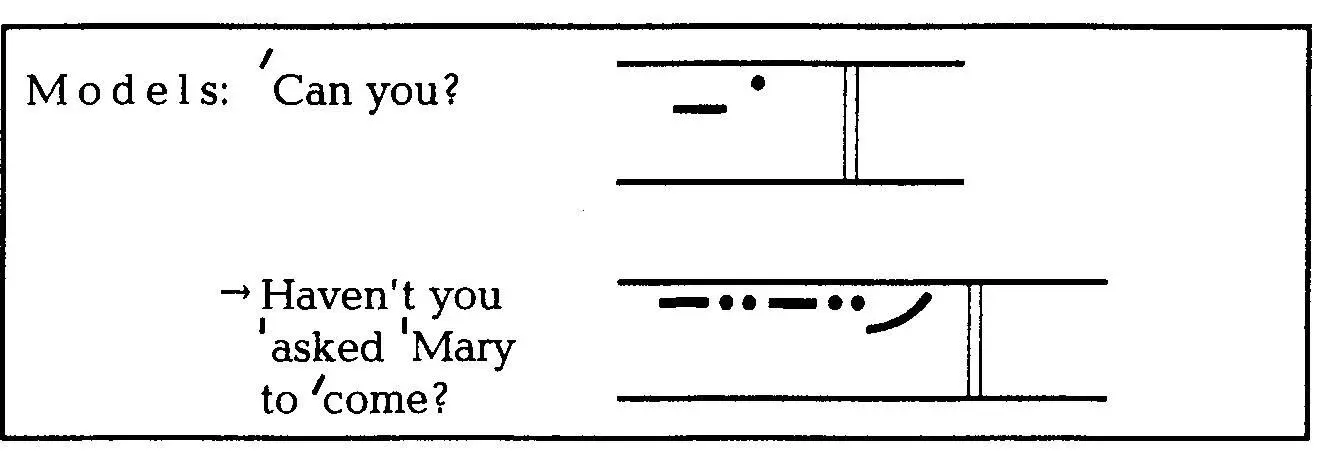Russian the palatal [Л'] is found only before front and central vowels. So in the word look [1] is palatal ('clear') and in the Russian word
лук [Л] should be hard (твердое). But before [j], when preceded by a front vowel, [l] should be very palatal: \will you [\wil ju]. (Cf. \fool
you [\fu:t ju:]. The 'dark' [t] should sound at the end of a word and before a consonant. The 'dark' is used despite the following [j]
because [l] is preceded by [u:], a b a c k vowel.
3.Read the words and the sentences:
A. leave
intelligent look deal
lady
clasping lot original
В. 1. Only a lady upstairs, lieutenant, calling me. 2. Lady! It's him I tell you! 3. "Life is a difficult business. Leave me to deal with
him," she said clasping her hands. 4. You will protect me, general, will you not?
[d]
Avoid making [d] strong: it should be a weak consonant. To make it weak do not press the tongue to the teeth ridge too hard using
only the very tip of the tongue. Do not aspirate it before a vowel. In the word final position devoice the very end of the consonant but
do not make its voiceless part strong or aspirated. Let the voiced part of the final [d] be much longer than its final voiceless part. Do
not devoice the final [d] completely like we do in Russian. Do not make the final [d] fully voiced and strong with the addition of an
unnecessary vowel [э].
4.Read the words and the sentences:
A . down
lady
confidence
had
dared
wonder
bed
mind
B . 1. You can't have the cat in bed, Dick. Didn't daddy tell you yesterday? 2. It's a dangerous thing to order the lives of others so I've
always hesitated to give advice. 3. Nobody else can do it as you do. You are not afraid of your own destiny. I wish I had your
courage.
[z, v ] i n t h e W o r d F i n a l P o s i t i o n
Neither devoice the final [z, v] completely nor make them fully voiced. Devoice only the very end of the consonants and let the de-
voiced part sound weak.
5.Read the words and the sentences:
A . has
flings
leave
adxvise
have
Steve
B . 1 . 1 have got your dispatches. 2. Leave them alone. You can only guess at the emotions of our neighbours. 3. He forces upon his
fellows measures that must alter their manners.
A s s i m i l a t i o n A c c o r d i n g t o t h e P l a c e o f O b s t r u c t i o n
Mind that when an alveolar consonant is followed by the interdental [Ө,ð] it becomes dental.
6.Read the sentences:
1. What was that? — WhaMhen? 2. Is that a reasonable demand? 3. Character in the chin. 4. They are there in the bosom. 5. The
fact that you know Spain is very important for me. 6. She didn't let the boys stay in the kitchen. 7. The discovery that there was Celtic
blood about this family has excited one who believed that he was a Celt himself.
N- -'
L o s s o f P l o s i o n «
Mind that when a plosive consonant is immediately followed by noise consonants (both fricative and plosive, voiceless and voiced)
it loses plosion. In case of two plosives running (whether within a word or at the junction of words) the first loses plosion, the second
does not.
Remember that when a plosive consonant is immediately followed by the sonorant [n] or [l] it loses plosion but makes [n] and [l]
plosive (we call it 'nasal plosion' and 'lateral plosion'). Sometimes in spelling there are some letters between those representing the
plosive and the sonorant but they are not pronounced like in 'modern'.
7.
Read the words and the sentences:
A. 'Robert Garton
let down
subtle

currant bushes
sudden
gentleman
8.
B. 1. She wants awakening. 2. Do you threaten women? 3. Only a lady, lieutenant, calling me. 4. It heightened their interest. 5.
Isn't it reasonable? 6. I begged him to sit down. 7. It gave him confidence.
EXERCISES IN INTONATION
SECTION ONE
REVIEW OF PART TWO 8EXERCISES Simple Tunes
1. "9 This exercise is meant to review Intonation Patterns IX and XII. Listen carefully to the following sentences. Mark the stresses and tunes. Listen to the sentences again. Pronounce the unstressed syllables of the pre-head as low as possible. Make the stressed and the unstressed syllables of the head carry the
pitch lower, until you come to the last stressed syllable of all, which starts very high and falls right down to the bottom of the voice. Any syllables after the
last stressed syllable are said on a very low note. Do not forget to blend the words together. Give a conversational context with the same sentences. Say what
attitudes you mean to render.
Intonation Pattern IX
(LOW PRE-HEAD +) HIGH FALL (+ TAIL)
Intonation Pattern XII
(LOW PRE-HEAD +) HIGH HEAD + HIGH FALL (+ TAIL)
Move.
I'll see.
I did.
They shall.
They can.
Try to.
8
9

That side.
We're wet.
This time.
You must tell me.
I'm in it.
We could trace it.
Borrow one.
It was all here.
John took it.
This is the best.
Wait for them.
It isn't steady.
That was it.
I'm not wanted.
You aren't.
I think you'd better ask the others.
Henry said he'd wait for us at home.
What time do you generally have breakfast?
I was held up at the last moment.
Which of Shakespeare's plays d'you like best?
2. This exercise is meant to review Intonation Pattern XIII. Listen carefully to the following sentences. Mark the stresses and tunes. Listen to the
sentences again. Pronounce the stressed and the unstressed syllables of the high head on the same rather high pitch. The very last stressed syllable
starts from a medium to a high pitch. Do not forget to blend the words together. Give a conversational context with the same sentences. Say what
attitudes you mean to render.
Intonation Pattern XIII
(LOWPRE-HEAD +) (HIGH HEAD + ) HIGH RISE
Always?
Which is it?
Can't you?
Won't it be done?
May I?
Are you the one?
This time?
What did you say?
Doesn't it?
Wil she be there?
Are we to?
Which did he take?
Haven't they?
Wil you wait?
Wil it do?
Were you in time?
Can I start?
Can she do this?
Is it brown?
Couldn't she stay?
Were they mixed?
Is it all here?
Are they as good?
Did John like it?
Wil they be there?
Have you seen it?
Were they enough?
Is it wanted?
Wil they b e ?

Is that the man who sent you tickets?
Hasn't John given Mary the paper?
Can you tell me the shortest way to the station?
Aren't you going to take the children to school?
Are you quite sure I'm not bothering you?
3. This exercise is meant to review Intonation Patterns I, III, IX, XII. Read the following sentences with the Low Fall, making your voice fall
Читать дальше
![Владимир Аракин Практический курс английского языка 3 курс [calibre 2.43.0] обложка книги](/books/402486/vladimir-arakin-prakticheskij-kurs-anglijskogo-yazyk-cover.webp)














